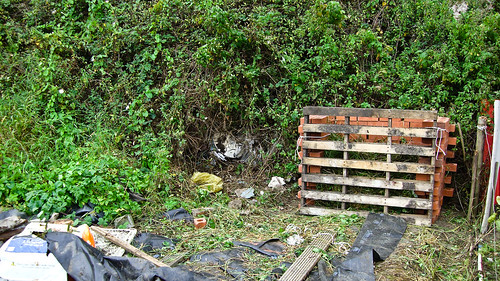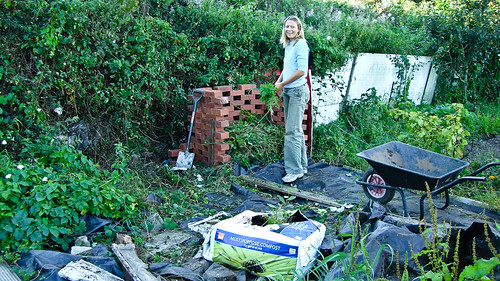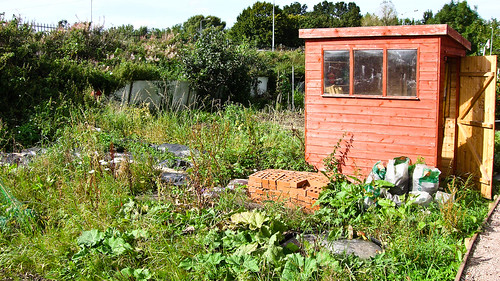A blog about blogging!?
As with most digital elements in my life, I've wasted considerable hours trying to refine the art of blogging, instead of actually doing said act. Typically me! It shouldn't really matter how this content gets onto these pages, but if you're like me; inquisitive and scatty; you might like to know how this stuff gets from the confines of my brain to here. First thing first, was choosing a blog provider. Ideally I wanted something that was well known, supported, customisable and easy to publish to. Being a complete n00b, it was difficult to make head or tail of the blog providers; even being a seasoned IT pro. The two big players were Blogger and WordPress. From what I could see, they both satisfied the majority of my technical requirements (consultant in me coming out there). I couldn't really discern between the two too much, but Blogger appeared to be the more compatible with other applications - such as Google Picasa. I settled on Blogger. What about publishing though? My biggest bugbear is that I won't do anything unless it's fast and easy to do. The hardest part should be getting the stuff out of my scatty brain, into my fingers and onto the web. Blogger offers a multitude of ways to publish through its own application programming interface (API). Basically, they provide public methods for any application writer to embed into their program. Hence, Google Picasa is able to publish a blog entry about a photo in your library, straight from Picasa. Neat! My other problem was that I like to write as I go, sometimes coming back to what I have written. So I'd need a place to store and file all of my ideas, and snippets of writing. Up steps Microsoft OneNote 2007, an electronic note taking application. It's basically just a big electronic lever arch file, with section and pages. What's great about it though is that it loads in about 1 second, and saves as you go along, so no need to be hitting save all the time. I'll write an entry on OneNote some other time though - as it's worth its own mention. I'm currently writing this in OneNote. Once I've finished I can either click "File > Send To > Blog", or right click on the corresponding page tab, and click "Blog This". That fires up Microsoft Word 2007; which has the Blogger API built into its blogging engine, and can post directly to it. I can then add images to the blog. Unfortunately Word isn't clever enough to publish to any well know image hosts. I publish my images to Photobucket before hand, and then add the images to the blog entry that way. Adding web images seems to stall Word for a bit, but it gets there in the end. Neither is Word compatible with labels or categories, as it likes to call them, so that part has to be done after publication. Once I'm happy with the blog post, I hit the "Publish" button. About 5 seconds late, Word comes back to tell me that it was published at the current time. The new entry then appears in a list of posts on that particular blog account, but that also seems to currently have problems, as I'm unable to reopen anything that I've published; which is a bit of a shame. So even with the OneNote/Word 2007combination's shortcomings, I still find the system extremely easy to work with . In an ideal world, the Blogger API would be built into OneNote, without needing the extra step into Word, as not everyone will have Word. Also, the API would be deployed a little less buggy, and an image hosting API like Flickr, Photobucket of similar would be built in. However, the future is bright for my blogging.
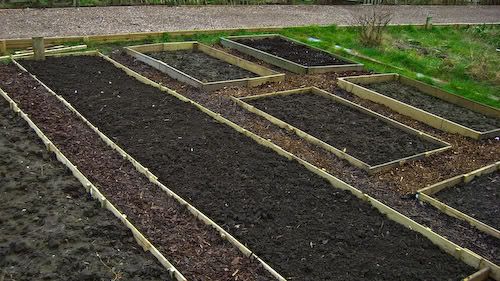
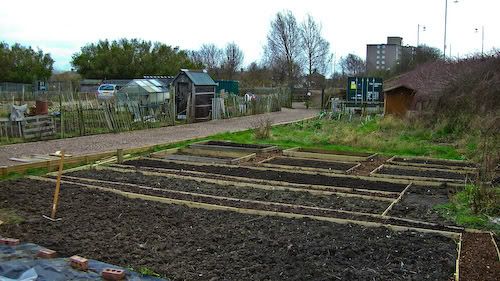
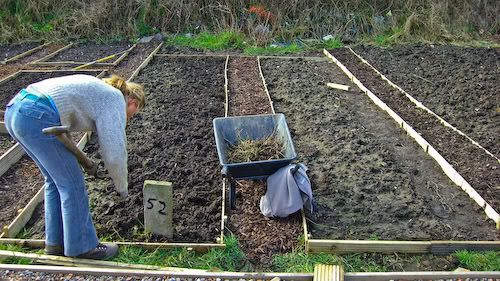
 I can categorically admit that I am an Internet addict. Not a surfing addict; although I do my fair share. But, more specifically, I get a wee panic when I don't have access to it. I find it's like an extension of the basic commodities of life. Food, Water, Shelter, Clothing and an Internet connection!
I can categorically admit that I am an Internet addict. Not a surfing addict; although I do my fair share. But, more specifically, I get a wee panic when I don't have access to it. I find it's like an extension of the basic commodities of life. Food, Water, Shelter, Clothing and an Internet connection!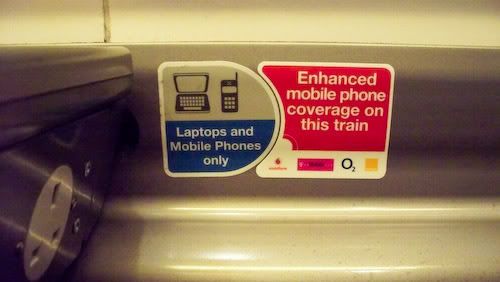

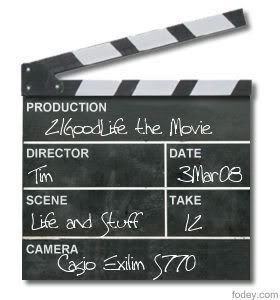
 I was doing some heavy research on dpreview.com, as I'd seen some solid state memory MPEG-4 (part 2) recorders, and wanted to try to find a point and shoot that did the same. I came across the Casio range of cameras, and they appeared to have a whole line of cameras that recorded to MPEG-4. I trawled through countless reviews, and from what I could gather, the photo quality was average, but the video quality was good, more so considering the compression. They also did widescreen mode shooting, which I prefer, as my intended audience is 16:9. I settled on the Casio S770, as it was card sized, meaning it would go nearly everywhere with me, and most importantly wouldn't be a chore.
I was doing some heavy research on dpreview.com, as I'd seen some solid state memory MPEG-4 (part 2) recorders, and wanted to try to find a point and shoot that did the same. I came across the Casio range of cameras, and they appeared to have a whole line of cameras that recorded to MPEG-4. I trawled through countless reviews, and from what I could gather, the photo quality was average, but the video quality was good, more so considering the compression. They also did widescreen mode shooting, which I prefer, as my intended audience is 16:9. I settled on the Casio S770, as it was card sized, meaning it would go nearly everywhere with me, and most importantly wouldn't be a chore.
